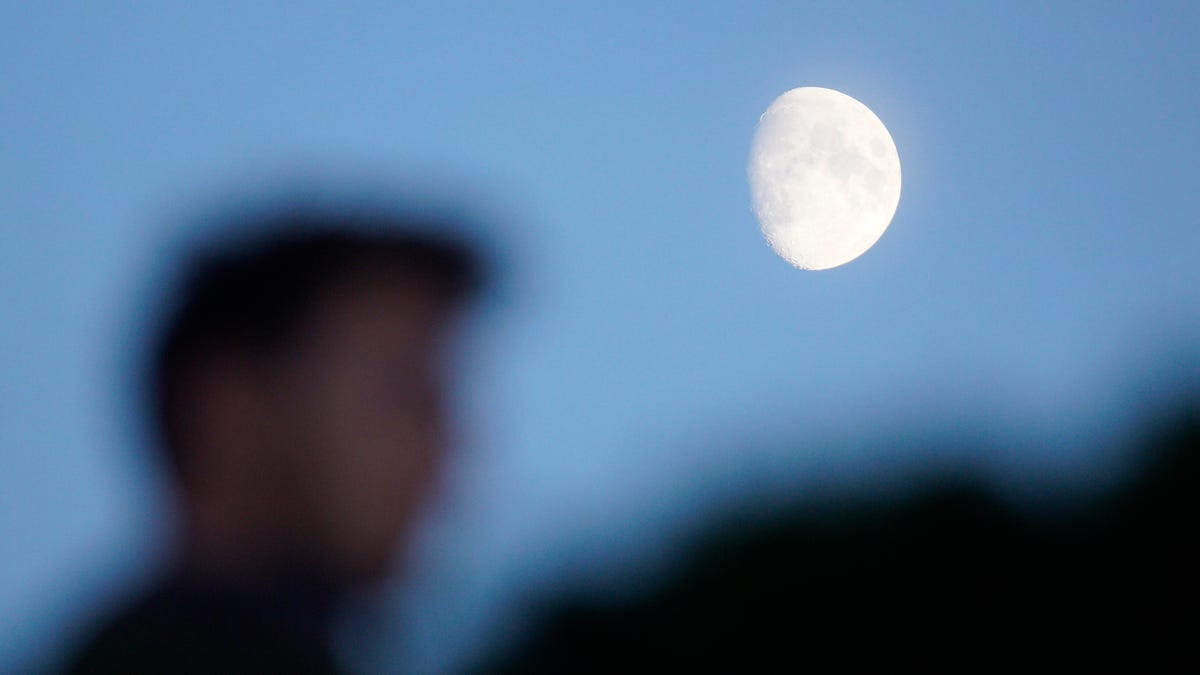See the moon and a super bright Mars cozy up on Thanksgiving eve tonight
2020 has its issues, but it continues to be a great year for stargazers.

A waxing gibbous moon over Warsaw, Poland, on July 30.
Take a break from Thanksgiving prep Wednesday night and head outside for a stargazing break. You'll get a look at an exceptionally bright view of Mars as it buddies up with the moon in a pairing that's at least as good as mashed potatoes and gravy.
"The summer and fall of 2020 have been exciting times to see bright Mars and the moon together each month," astronomy educator and former planetarium director Jeffrey Hunt says. He's written about the view on his site, When the Curves Line Up. "The moon passes the planet each month, but because of Mars' proximity to Earth, we won't see Mars this bright again until 2033 and 2035."
Hunt advises stargazers in most climates to grab a coat, and a pair of binoculars to help with the view. Head outside about an hour after sunset in your time zone, he says, and look for the bright gibbous moon. Mars will appear about five degrees above it.
You don't need to rush outside just at sunset, as the pairing of Mars and the moon is is nearly an all-night affair, Hunt says. The celestial bodies are visible most of the night, from shortly after sunset until about 3 a.m. CT the next morning, about four hours before (your) local sunrise, he adds.
Look for Mars above the bright gibbous moon.
The sky will deliver a mythology lesson, too.
"Mars is in front of the stars of Pisces, while the lunar orb is in front of the stars of Cetus, the sea monster," Hunt says. "The stars of the creature likely represent the sea creature in the famous Perseus myth."
We Earthlings do seem to have a special fascination with the red planet -- just look at the fandom for the 2015 Matt Damon movie The Martian, based on Andy Weir's 2011 best-seller. And the NASA Curiosity rover continues to root out new details about the planet, including recent data including signs of possible megafloods. NASA's Perseverance rover will investigate the planet further once it lands in February 2021.

